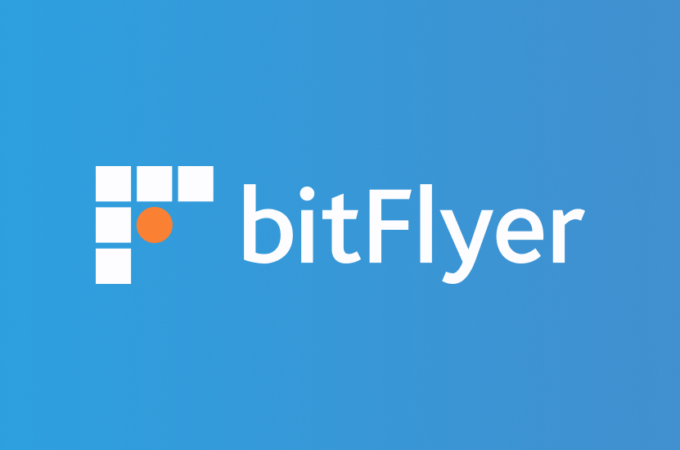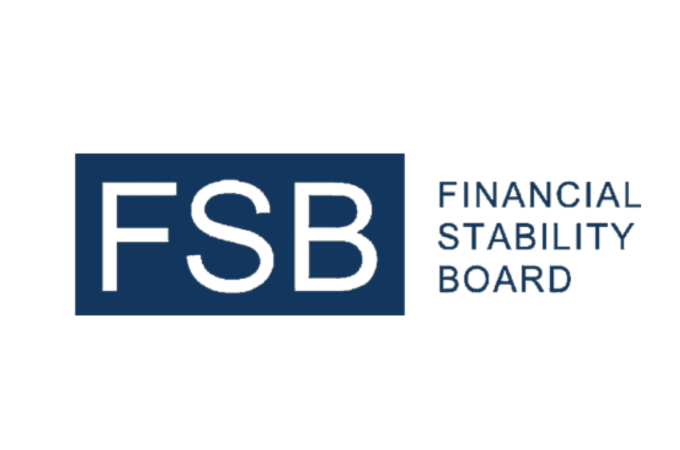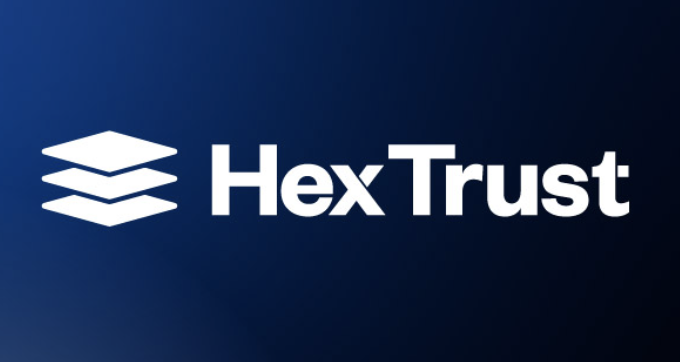
How artificial intelligence, peer-to-peer technology and blockchain are changing the insurance industry forever
By Harriet Green for City AM
Just as fintech is transforming the banking world, “insurtech” has set its sights on the insurance industry.
There are firms like Trov, which provides insurance on-demand and enables consumers to catalogue insured belongings. Buzzmove uses home removals data to create a new distribution model for insurance – people are more likely to renew or buy insurance when moving house – and helps customers track the value of their assets.
FitSense helps employers leverage data from wearable tech, while massUp capitalises on open APIs to connect insurers to retailers. As a consumer, you can cover your gadget at the point of sale – ideal if you know it might not be covered by your household policy.
Start listing the players currently in the market, though, and while the added visibility and speed brought by innovative technology is evidently beneficial, “‘disruption’ can be a misleading word”, says Jonathan Howe, UK insurance lead at PwC. “We take that to mean the whole industry has been thrown in the air and we’ve seen major new players emerge. But what we’ve seen so far has been less about disruption and more about business enhancement.”
Read more: This is how insurers can become part of the sharing economy
Most of these changes are being driven by the consumer, says William Pritchett, partner in insurance technology at KPMG. Seventy five to 80 per cent of the startups PwC has worked with, for example, have been customer focused.
Endemic mistrust and persistently low net promoter scores are providing a ripe opportunity to use technology to shift power back – it’s no surprise that many entrepreneurs, rather than being industry veterans, are customers with an axe to grind.
Innovation predominantly spans things like user-friendly apps and interfaces, or using data and analytic tools to make an existing offering more relevant to the consumer. “It’s almost the reverse of what we’re seeing in banking,” says Howe. “But those within the industry know that it’s still the younger sibling of banking and wealth management in terms of disruption,” he adds.
Read more: How telematics will disrupt the disrupters of the driving world
Yet over the last 18 months, over 100 insurance startups have launched and, at the same time, incumbents are trying hard to engage with these small players. “Big insurers know their cost bases are far too high, and that’s why we’re seeing increasing connection with startups,” says Howe. Increasingly, the industry is seeing reverse pitches: where insurers pitch their problems and small tech firms go away and cook up a solution.
What’s more, big players are doing more in-house problem-solving, setting up investment funds and innovation centres. Aviva launched its venture arm in December of last year, investing in Cocoon, an internet-connected security device for the home.
So what does all this mean for the consumer?
Bigger, better, cleverer
Bigger and better use of data is already benefiting consumers – and this will only grow. A huge proliferation of wearable tech, protected home technology, and crowdsourced intelligence on things like flood risks are already “feeding data into the ecosystem,” says Pritchett.
Existing insurers are having to work out how to “grab, handle and intelligently apply data”, he adds – and that involves working out where it is most relevant to the customer experience. “The focus needs to move away from the data itself and towards the operating models and governance needed to improve the quality of conversation around that data,” he says.
One significant shift brought about by insurtech has been allowing providers to look at information in real-time. “You’ll see things like mobile insurance policies that use geo-location data. If you’re on a ski slope and heading off piste, you’ll receive a notification asking if you want extra cover,” explains Pritchett. For the policyholder, this will eventually mean a change from protection to prevention in the first place.
Consumers will also see benefits from advances in the use of technologies like machine learning. KPMG partner Jameel Khokhar explains it like this: “Imagine if you put a piece of software behind an insurance agent, recording all the claims, decision processes and data… Eventually it will learn to approve or not approve claims by itself.” And these advances will reach the consumer.
Chatbots and robo-advisers will become commonplace (as we’re seeing in mobile and banking innovation already) particularly when it comes to speaking with and assisting customers. Even more advanced is cognitive intelligence, which can amalgamate AI, processing human language and analysing massive data sets.
While KPMG says this is currently only being used in niche areas to improve customer experience, in the future, it’ll be employed to predict whether, for example, based on their behaviour, someone is about to have an accident. “AI and robotics are in the same sphere as big data; they’ll have profound effects on the industry,” says Pritchett.
Between friends
But what about fundamental changes to the insurance model? Improved access to data, and thus the narrowing of the information asymmetries which make insurance such a lucrative business at the moment, will mean peer-to-peer models will be “interesting to watch” in coming years, say Howe and Pritchett. Companies offering tech-enabled versions of old ideas, like that of the mutual, are already coming to market.
Rather than having a policy with an insurance company, every member of a fund would contract with each of the other members. Third parties could be used to arrange the legal structure, and smaller, leaner firms would analyse data for consumers, allowing them to choose the right fund for themselves.
Lemonade is one of a small number of startups which is itself an insurance carrier. It enables small groups of policyholders to pay premiums into a collective claims pool, rather than have to enter into a contract with an insurance company. Then there’s BoughtByMany, which invites groups of individuals with the same specific insurance needs – like owning French bulldogs or being a diabetic traveller – to band together, then it negotiates a better policy on their behalf.
Pritchett says he’s not convinced there’s demand for such models – most of us like the idea of the dispassionate underwriter. But it’s probably worth remembering words attributed to carmaker Henry Ford: “if I had asked my customers what they wanted they would have said a faster horse”.
On-demand, on the ledger
One technology set to bring about fundamental change is distributed ledger technology (DLT). A distributed ledger – epitomised by blockchain – is an immutable log of data that is replicated and shared across multiple people and institutions. The more people able to access the ledger, the more robust it becomes – because each individual is a point of verification.
DLT offers an unprecedentedly secure environment for real-time and open-access data sharing. “Blockchain is a trendy word, but it has the potential to bring down costs in the insurance industry by even more than it will in banking,” says Howe.
Read more: What blockchain technology means for consumers
For starters, DLT could help manage and police contracts: claims could be independently validated by lots of parties, removing the friction within multi-party contracts. And not only will the technology disrupt current models, it will even change nascent P2P ones.
Rather than pooling with people of a similar profile to you and setting a contribution level for a mutual insurance fund, your personal risk profile will be calculated potentially from when you’re born, permanently logging things like genetic make-up, common behavioural traits and earning capacity on a distributed ledger. Insurance wouldn’t just be on-demand (“I’d like to go kayaking today, and I can get cover in three clicks”), it would be self-initiated: click to say you’re looking for cover, and wait a couple of seconds while a series of smart contracts match you to an investor comfortable with your risk profile.
But future-gazing aside, it’s likely that high barriers to entry – from regulation to consumer adoption speeds – will hamper radical changes. Howe says he expects big players to look “much the same” in five to 10 years. Pritchett, however, is more confident: “we’re already seeing blockchain be used on a niche scale. We should expect mass market adoption over the next five years.”
First appeared at City AM





